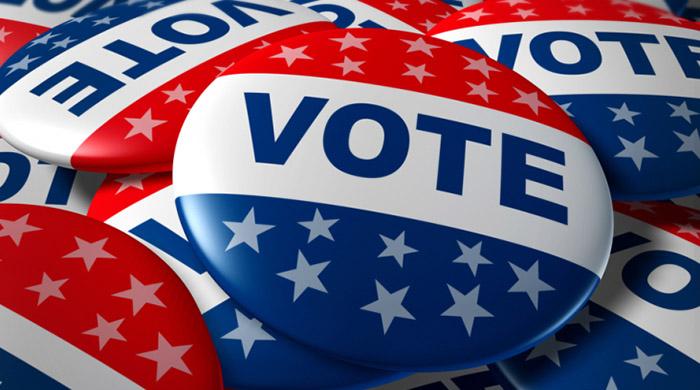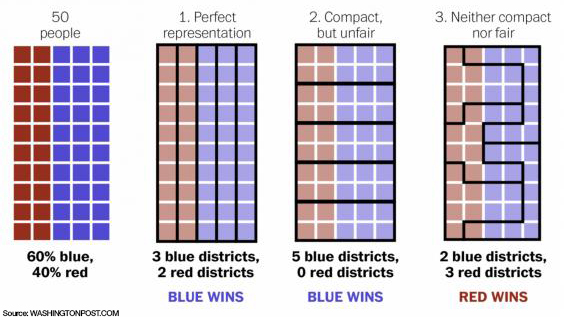Election rigging, the legal way
The Republican presidential candidate Donald Trump has been making tall claims about rigging in the upcoming US elections as one of his main arguments. Here in Pakistan we are quiet familiar with...
October 19, 2016

The Republican presidential candidate Donald Trump has been making tall claims about rigging in the upcoming US elections as one of his main arguments. Here in Pakistan we are quiet familiar with the phenomenon and the illegal ways that it has allegedly been conducted over the years, but there are legal ways of swaying and tipping the scales in favour of one candidate and against another.
One such way is media bias, which according to a study led by Brian Mullen of Syracuse University - and outlined in 'The Tipping Point' a book by Maclom Gladwell - proved that media bias played a role in how voters cast their ballot.
The experiment focused on the three main nightly news anchors, Peter Jennings at ABC, Tom Brokaw at NBC, and Dan Rather at CBS during the presidential election between Ronald Reagan and Walter Mondale. The results of the study claimed that Jennings swayed the voters to vote Republican just by subtle gestures, smiles etc.
Jennings dismissed the claims and even labeled Brian Mullen a ‘jackass’.
However, the same experiment was repeated during the Michael Dukakis-George Bush campaign and again the study found the same results.
But networks have come a long way since then, most drew their lines and announced their support for the candidate they felt was right in their eyes.
Gerrymandering
Besides media bias, US lawmakers have another way to tip the scale in favour and against another candidate and it is also completely legal.
By changing the geography of political districts lawmakers can change the representation a party has in state and federal legislatures. This is known as ‘gerrymandering’.
Using a borrowed chart from a 2015 story on ‘gerrymandering’ by the Washington Post, let’s attempt to understand gerrymandering as best as possible.
 In this hypothetical state there are 5 districts each consisting of 10 voters. If the districts are carved using vertical lines the representation is perfect. The blue party ends up with 60-percent of the vote and three out of five districts, represented by image 1 labeled ‘perfect representation’.
In this hypothetical state there are 5 districts each consisting of 10 voters. If the districts are carved using vertical lines the representation is perfect. The blue party ends up with 60-percent of the vote and three out of five districts, represented by image 1 labeled ‘perfect representation’.
In the second scenario the districts are carved using horizontal lines, thereby giving the blue party a majority in every single district and the red party is left with nothing.
In the final scenario the blue party is left with a majority in only two districts and the red party that only has 40-percent representation in the state ends up with a majority in three districts out of five (or 60-percent of the districts).
Moving out of the hypothetical world and back into the real world, gerrymandering has had some serious affects on the results.
While there have been no cases of party’s positioning themselves to clean sweep the elections, in 2012 the Democrats landed 1.2 million more votes than the Republicans, but in the end due to redrawing of districts in 2011-2012 under Republican control, the Republicans with only 49-percent of the popular House vote ended up with 54-percent of the seats.
Meanwhile in New York, Democrats received 66-percent of the popular House vote but won 21 out of 27 seats, that’s three more seats or 77-percent of the seats.
Ovais Jafar is a Multimedia Journalist, he tweets as @ovaisjafar









